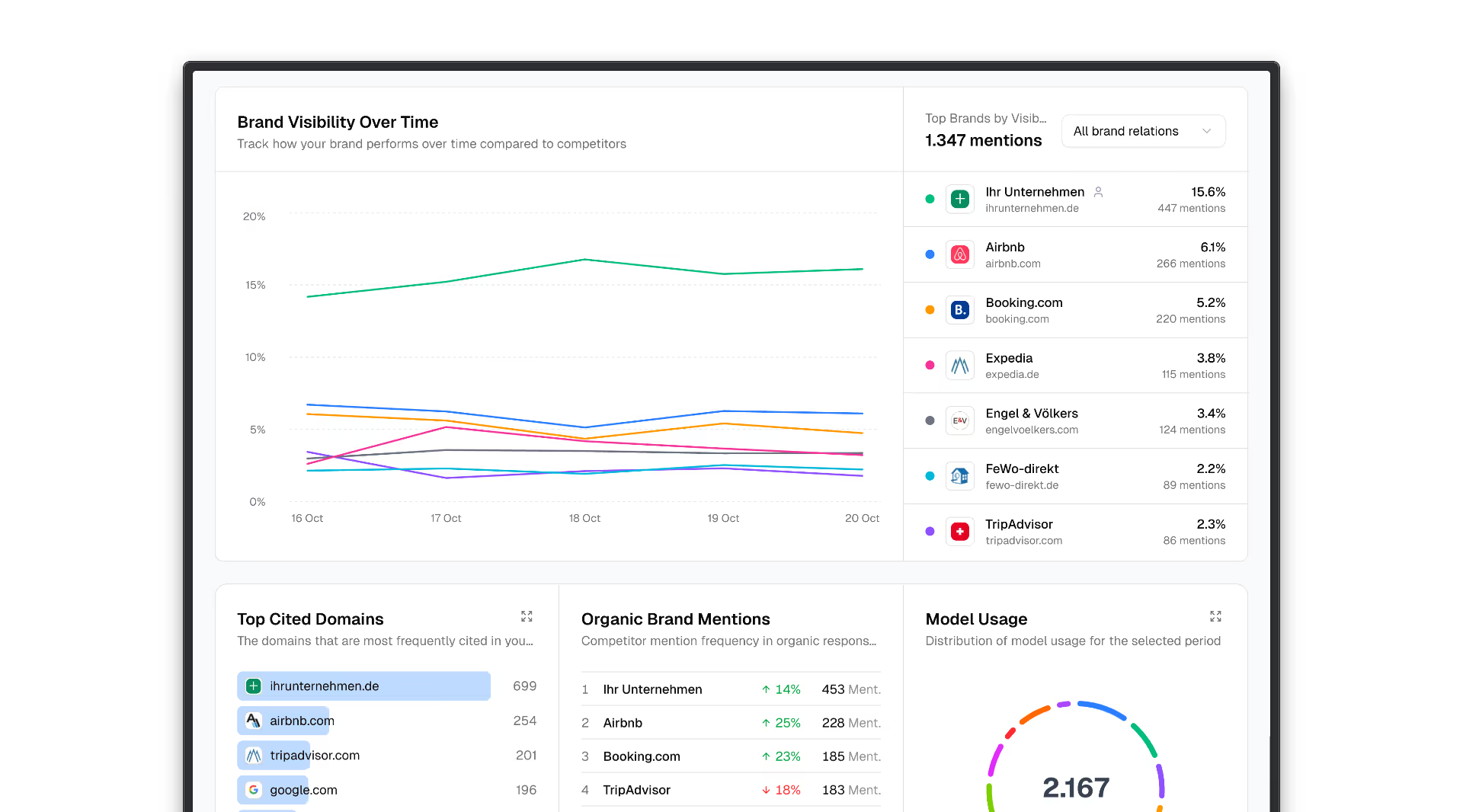What is a flow chart and what can it be used for?
A flow chart (English: flowchart) is a graphical representation of processes, flows, or systems. It is used to visualize steps in a specific order and to show the logical flow of information or tasks. Flow charts are widely used in various industries and disciplines and are used to present complex processes in a simple and understandable way.
Here are some key features of flowcharts:
- Symbols: Flowcharts use symbols to represent various elements and activities. The most common symbols are rectangles (for process steps), rhombuses (for decisions), parallelograms (for data or input/output), arrows (for the flow of the sequence), and circles (for the start or end).
- Connecting lines: Arrows and lines are used to connect the various elements in the flow chart. They show the logical flow of activities and decisions.
- Process steps: The actual activities or steps in the process are shown in rectangles. This could be, for example, performing a specific task or processing information.
- Decisions: Rhombuses represent decision points in the process where different paths can be taken, depending on specific conditions or criteria.
- Input/output: Parallelograms are used to represent the exchange of data or information with the outside world.
- Start/end: A flowchart usually starts with a circle that marks the start point and ends with a circle that represents the end of the process.
- Loops and repeats: Flowcharts can also represent loops or repetition loops to illustrate cyclical processes or repetitive tasks.
Flowcharts are used in various areas, including software development, process management, business analysis, engineering, education, and more. They are useful for documenting, analyzing and communicating complex processes. The visual presentation makes it easy to create understanding and identify potential improvements or problem areas.
